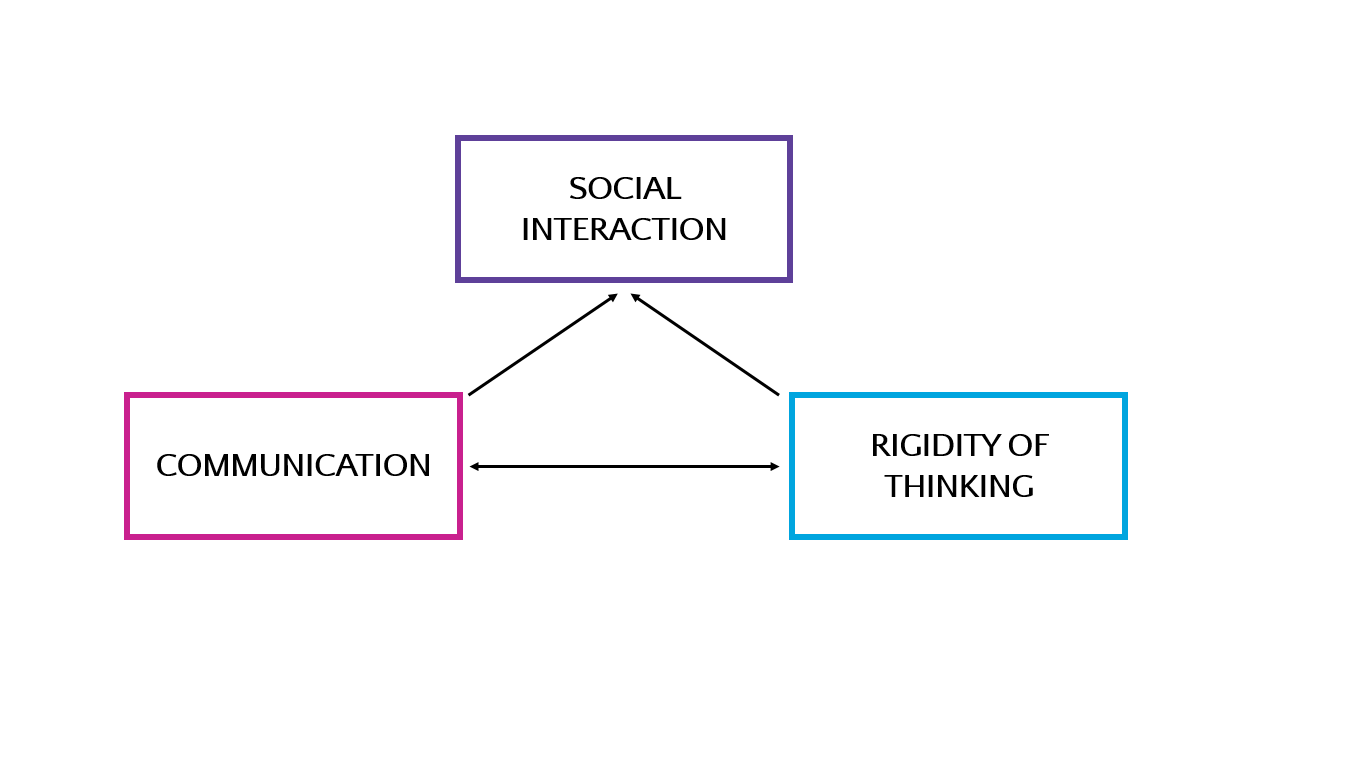
Why is communication important?
Communication is the act of transferring information from one person to another. It is often taken for granted by those with naturally developing communication skills.
Research in the area of communication is ongoing within the field of Applied Behaviour Analysis (ABA). Functional behaviour assessments conducted within the ABA framework have shown that communication can serve as the primary function (purpose) of challenging behaviour.
This is especially apparent within the field of autism as communication features in the Triad of Impairments. Individuals with autism often have a reduced ability to communicate efficiently with others which can result in an increase in challenging behaviour. An effective and established communication system is therefore integral to the reduction and management of challenging behaviour. This can be achieved by developing an individual’s vocabulary; the more words they understand (receptive language) and use (expressive language), the easier it will be for them to communicate functionally and socially.
What could I do to help improve communication with my child?
The level and type of interaction a child has with their parents, siblings and primary caregivers has a considerable impact on their social and communication development. Below are some simple hints and tips to help improve the quantity and quality of communication exchanges with your child.
• Keep language clear and concise
• Ensure your child is fully focused during the communication exchange
• Create and maximise opportunities for communication across a variety of activities, e.g. requesting food in the kitchen, labelling toys in the play room, or commenting on vehicles in the community etc.
• Motivate your child so that they want to communicate with you, e.g. show them their favourite toy and encourage them to request it by pointing, gesturing or making a vocal response
• Expand the language that your child has used, for example; if they say “car”, you say “yes, red car”
• Model appropriate language during a variety of activities, e.g. “opening door”, “car goes vroom”, “drink juice” etc.
• Consistency and repetition are key to prolonged progress so expose your child to appropriate use of language across as many contexts as possible
If you’re a parent of a child with autism, these are just a few of the strategies you can use to help improve the communication exchanges with your child. The key to success is repetition and consistency across a range of different contexts.
Zara McCambridge, Msc BCBA, Beam ABA Supervisor
Read more about our services for autism here









